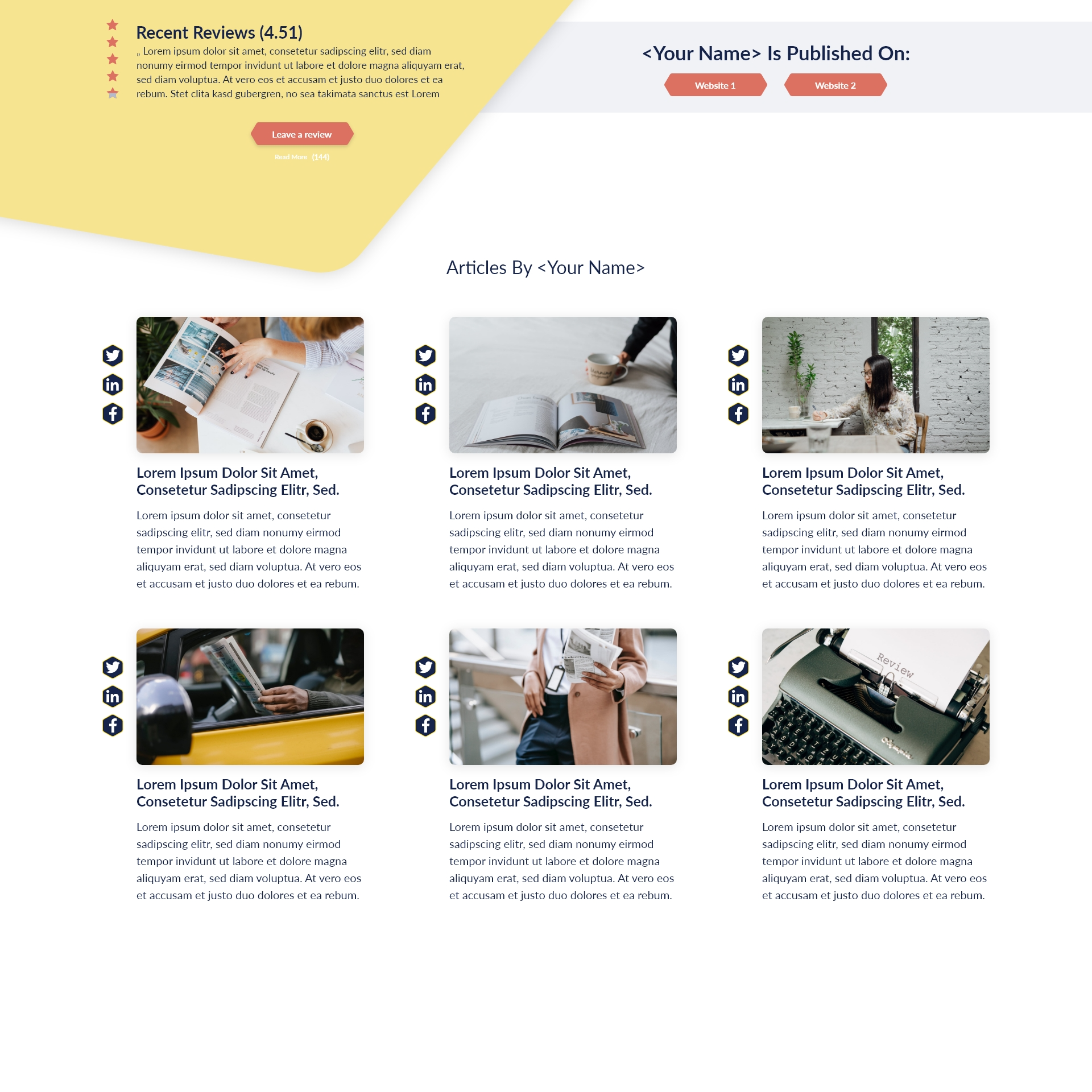Key Takeaways:
- Team mentoring equips organizations with collaborative skills and enhanced learning for long-term workplace wellness.
- Group and cross-functional models foster greater knowledge sharing, innovation, and leadership readiness.
- Effective communication, trust, and clear objectives form the foundation of any successful mentoring initiative.
- Measuring outcomes and adapting for remote participation are necessary for continuous improvement and engagement.
- Leadership in workplace wellness hinges on strategic mentoring aligned with organizational health goals.
Unlocking the Power of Team Mentoring for Workplace Growth
Organizational health relies on far more than robust policies and processes—it flourishes through relationships, learning, and proactive leadership. As workplaces place greater emphasis on wellness and continuous professional growth, team mentoring has emerged as a strategic driver for achieving these goals. Leadership in workplace wellness isn’t just about policy implementation; it’s about creating frameworks where employees thrive, exchange knowledge, and develop holistically. Team mentoring, when thoughtfully applied, becomes an engine for both individual fulfillment and organizational resilience, supporting a culture built on shared growth and well-being.
What Is Team Mentoring and How Does It Differ from Peer Mentoring in the Workplace?
Understanding Key Concepts: Team vs. Peer Mentoring
Team mentoring is an approach where a group of individuals collaboratively learns from one or several mentors. Unlike peer mentoring, which focuses on one-to-one relationships or reciprocal guidance among colleagues of similar standing, team mentoring leverages the collective experience and diversity of its members. This model enables sharing a broader variety of perspectives, ideas, and solutions to workplace challenges.
Unique Advantages of Group Mentoring Models in Organizations
Group mentoring offers distinct benefits:
- Diverse insights from multiple participants accelerate learning and innovation
- Shared accountability fosters commitment
- Team building and stronger relationships across the organization
- Cost-effective scaling of professional development resources These features make group mentoring a fitting solution for aligning wellness initiatives with leadership development and broader organizational objectives.
Designing Successful Cross-Functional Team Coaching Initiatives
Selecting Teams and Defining Objectives
Crafting a successful team mentoring initiative begins with intentional team selection and clear objective setting. Teams can be cross-functional, bringing together talent from different departments to increase creativity and broaden exposure to various business functions. Objectives should be specific, measurable, and aligned with both the goals of workplace wellness and organizational health.
Collaboration Across Departments for Enhanced Outcomes
When teams include members from diverse departments, they cultivate a culture of open collaboration. Such exposure breaks silos, encourages empathy, and helps organizations rapidly adapt to evolving priorities. Effective leadership in wellness means championing these cross-team partnerships and ensuring constant improvement via feedback loops and shared learning.
Collaborative Leadership Development Through Mentoring Circles
Mentoring Circles for Leadership Growth: Formats & Best Practices
Mentoring circles are small groups organized around shared interests or developmental goals—often with a rotating or peer-led mentorship style. These formats promote collaboration and shared accountability. Best practices include establishing rotating facilitators, regular check-ins, predefined objectives, and clear feedback channels to maximize engagement and outcomes for all participants.
Onboarding New Leaders Through Team Mentoring Programs
Team mentoring can be particularly powerful for onboarding new leaders. By involving them in established groups, organizations provide practical support, institutional knowledge, and a platform for relationship-building—key elements for both immediate and long-term success. This approach lays a foundation for confident leadership while fostering a sense of belonging and inclusion.
Implementing Effective Group Mentoring Strategies
Key Components of Effective Communication in Mentoring Teams
Sound communication is the lifeblood of any mentoring initiative. Active listening, openness, and constructive feedback are essential. Establishing ground rules for discussion ensures that every voice is heard, keeping conversations productive and inclusive.
Building Trust in Team Mentoring Programs
Trust sets the stage for candid conversations and deeper learning. Leaders can cultivate trust by modeling transparency, honoring confidentiality, and encouraging a growth mindset. Shared experiences—both successes and challenges—help bond team members and increase engagement with wellness programs.
Facilitating Knowledge Sharing in Teams: Tools & Techniques
Effective knowledge sharing hinges on reliable tools and thoughtful processes:
- Shared digital workspaces and documentation tools
- Designated knowledge-sharing sessions
- Encouraging informal exchanges during meetings These practices help capture ideas, institutionalize learning, and nurture a culture of open dialogue.
Assessing the Benefits of Team-Based Mentoring Programs
Short-term Versus Long-term Benefits
Short-term benefits often include increased engagement, faster onboarding, and rapid skills acquisition. Over time, team-based mentoring leads to higher retention, a stronger leadership pipeline, and measurable improvements in employee wellness. Organizations report greater adaptability and satisfaction, both crucial for ongoing health and resilience.
Role of a Mentor in Team Dynamics
Mentors serve as guides, role models, and facilitators. In team settings, their success lies in promoting inclusiveness, managing group dynamics, and steering conversations toward constructive outcomes. Great mentors inspire collective purpose while supporting individual growth and well-being.
How to Measure Success in Mentoring Cohorts and Evaluate Your Program
Mentorship Program Evaluation Methods
To sustain momentum, leaders must assess mentoring initiatives:
- Regular participant feedback surveys
- 360-degree reviews
- Focus groups and narrative reports These diverse methods provide nuanced insights into what’s working and areas for improvement.
KPIs and Metrics for Measuring Success
Key metrics may include:
- Participation and completion rates
- Satisfaction scores
- Retention and promotion tracking
- Wellness indicators (such as absenteeism or employee health survey results) A data-driven approach lets organizations refine their mentoring strategies, ensuring ongoing organizational health.
Adapting Remote Team Mentoring Best Practices
Virtual Tools for Remote Mentoring
With distributed workforces, leveraging digital platforms is crucial. Video conferencing tools, instant messaging, and collaborative digital boards enable participation from across locations. These technologies create an inclusive, accessible environment for knowledge exchange and peer support.
Maintaining Engagement and Cohesion Remotely
Remote mentoring requires intentional efforts for sustained engagement. Setting clear agendas, establishing routine check-ins, and using breakout rooms for focused discussions help maintain connection and enthusiasm. Recognizing achievements—big and small—keeps morale high and underscores leadership’s commitment to wellness, wherever teams are located.
Summary of Core Insights and Next Steps for Implementing Team Mentoring
Leadership in workplace wellness calls for more than broad directives—it requires collaborative, practical, and measurable initiatives. By utilizing team mentoring, organizations can foster an environment where wellness, growth, and leadership development are deeply interconnected. With the right structures, communication, and evaluation methods in place, businesses can meet the evolving needs of their workforce and secure a healthier, more resilient organizational future.








